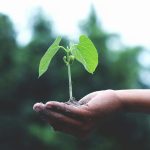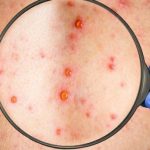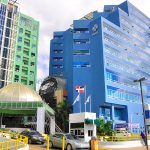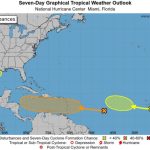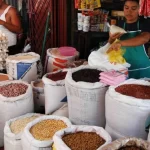Agricultural and food security challenges in Latin America
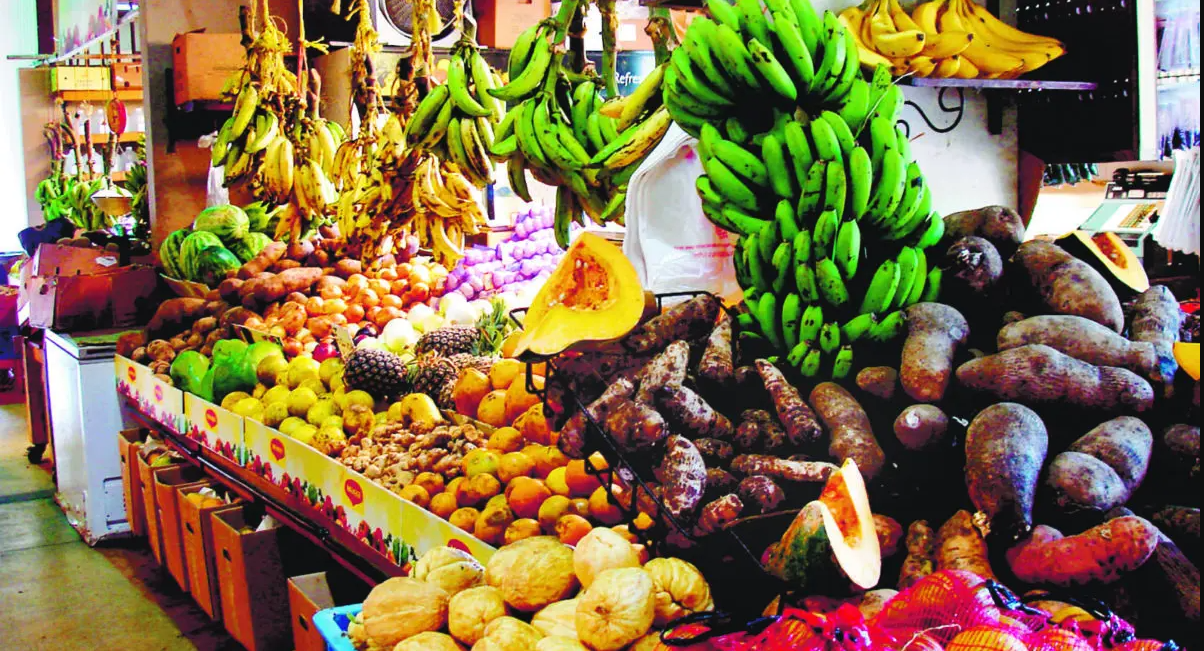
The incidence of food insecurity last year reached 40.9 percent.
Even though the agricultural sector has been one of the most resilient and a significant contributor to the Gross Domestic Product (GDP), in Latin America and the Caribbean, the incidence of food insecurity in 2020 reached 40.9%, nine percentage points above the previous year’s estimate, says the study “South-South and Triangular Cooperation in agriculture and food security in the face of COVID-19.”
Faced with the health crisis, the region’s governments implemented different actions to guarantee food, especially in the most vulnerable populations of each country. The report adds that the measures’ primary focus was favoring production, maintaining marketing and distribution, and strengthening food security.
“It is a visualization of what the impact of the COVID-19 crisis has been on the agricultural sector of the region, but especially on food security, and allows us to understand what has been the response that the countries of the Americas have given to this situation. The pandemic has put before us in the mirror a triple global-social, economic and climate crisis, “said the Ibero-American Secretary General, Rebeca Grynspan.
For his part, the director-general of the Inter-American Institute for Cooperation on Agriculture (IICA), Manuel Otero, said that “cooperation is fundamental in this unprecedented crisis” and stressed that “countries are already more mature and want more horizontal cooperation.”
South-South cooperation
The report prepared by IICA and SEGIB highlights that South-South and triangular cooperation is a fundamental tool to boost food security in Latin America and the Caribbean, especially with the COVID-19 pandemic. It reveals that between 2010 and 2019, 1,019 South-South cooperation projects were implemented.



